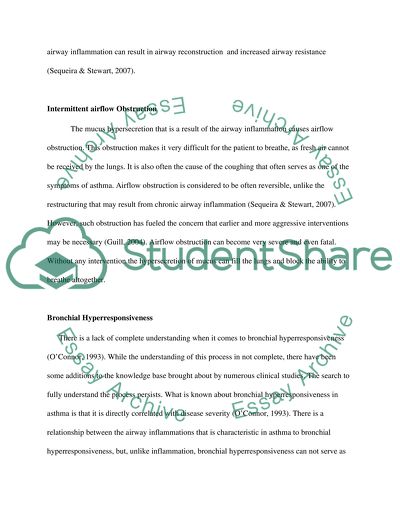Cite this document
(“Asthma Case Study Example | Topics and Well Written Essays - 1250 words”, n.d.)
Retrieved from https://studentshare.org/nursing/1431194-case-study-asthma
Retrieved from https://studentshare.org/nursing/1431194-case-study-asthma
(Asthma Case Study Example | Topics and Well Written Essays - 1250 Words)
https://studentshare.org/nursing/1431194-case-study-asthma.
https://studentshare.org/nursing/1431194-case-study-asthma.
“Asthma Case Study Example | Topics and Well Written Essays - 1250 Words”, n.d. https://studentshare.org/nursing/1431194-case-study-asthma.


